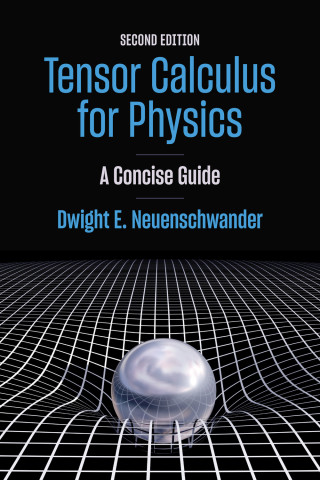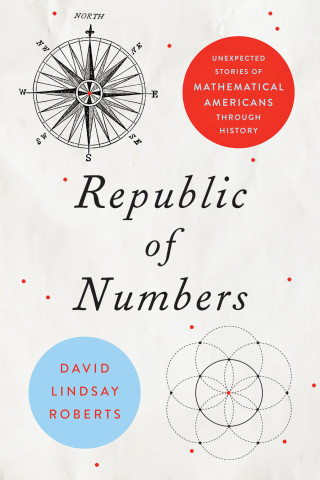
Reviews
Hayduk is equally at ease explaining the simplest and most advanced applications of the program... Hayduk has written more than just a solid text for use in advanced graduate courses on statistical modeling. Those with a firm mathematical background who wish to learn about the approach, or those who know a little about the program and want to know more, will find this an excellent reference.
This is a fine book for providing persons who have a basic knowledge of regression and matrix algebra with a detailed understanding of LISREL. It is strong on explanation, on clarity, and on breadth of coverage.
Book Details
Preface
Acknowledgments
Chapter 1. Getting Started
1.1 Means, variances, and covariance
1.2 Thinking about covariances, variances, and means
1.3 Expectations and equations
1.4 Structural equation models
Chap
Preface
Acknowledgments
Chapter 1. Getting Started
1.1 Means, variances, and covariance
1.2 Thinking about covariances, variances, and means
1.3 Expectations and equations
1.4 Structural equation models
Chapter 2. Traditional Basics
2.1 Fitting a line into a scatterplot
2.2 Regression in the context of Chapter 1
2.3 Multiple regression
2.4 Colinearity
2.5 Interaction
2.6 Nonlinearity
Chapter 3. The New Basics
3.1 A touch of matrix algebra
3.2 Derivatives in a few easy pages
Chapter 4. In the Beginning
4.1 A new way of thinking. latent versus measured variables in causal modes
4.2 LISREL is Greek to me!
4.3 A real model. smoking behavior and antismoking acts
4.4 A model implies a sigma ()
4.5 Scaling and reliability
4.6 Restrictions on model specification
Chapter 5. Estimating Structural Coefficients with Maximum Likelihood Estimation
5.1 Maximum likelihood estimation
5.2 Making approximate S
5.3 Identification and colinearity
5.4 On simplifying models
5.5 In closing
Chapter 6. Hitting Paydirt
6.1 Chi-square
6.2 Residuals
6.3 Fitting better than the competition
6.4 Significance of structural coefficients
6.5 Partial derivatives and their uses
6.6 Standardized solutions
Chapter 7. Becoming a LISRELITE. Some Tricks of the Trade and Learning to Play
7.1 Four simple replacements
7.2 Moving into and rethinking the distinction between exogenous/endogenous
7.3 Multiple indicators
7.4 Nonlinearity among the concepts
7.5 Interaction among the concepts
Chapter 8. Interpreting It All
8.1 The Basics
8.2 General matrix formulas
8.3 Two extensions of effect decompositions
8.4 On developing equivalent models (effect recomposition)
8.5 Interpreting the smoking model with an inserted loop
8.6 Summary
Chapter 9. More and Better
9.1 Stacked models for multiple groups
9.2 Modeling means
Chapter 10. Odds and Endings
10.1 Old Beta
10.2 LISREL in SPSSX and pairwise matrices
10.3Some data-related issues
10.4 Locating what is wrong in a program
10.5 Alternative estimation strategies
10.6 A guide to the literature
10.7 The end
Appendices
Appendix A. Summation Notation
Appendix B. LISREL Output for the Smoking Model
Appendix C. LISREL Output with Multiple Indicators
Appendix D. The Moment Matrix Fit Function
Bibliography
Index





